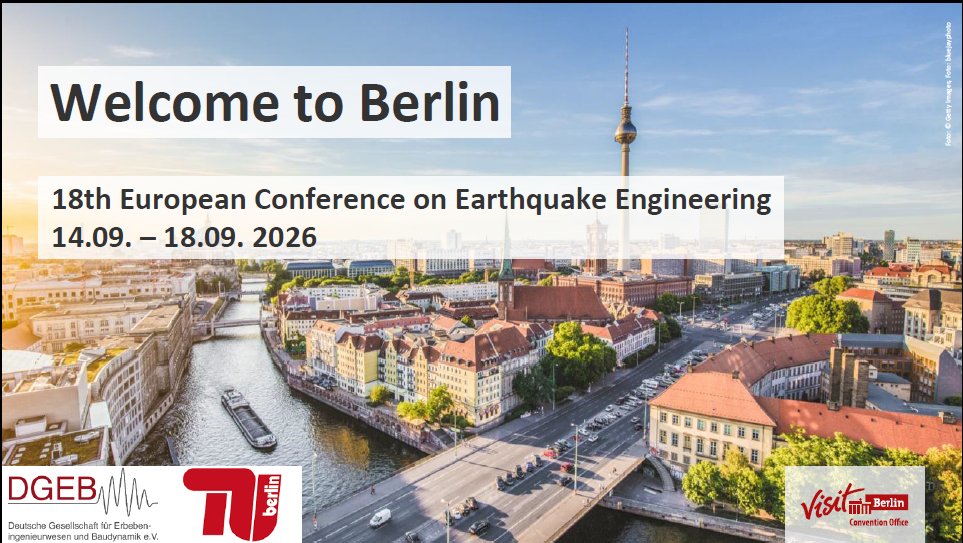Central Office:
Bogaziçi University, Kandilli Observatory and Earthquake Research Insitute,
Çengelköy, Istanbul, TURKEY e-mail: eaee@eaee.org
Volume 14 Number 7 The European project UPStrat-MAFA: Urban Disaster Prevention Strategies Using MAcroseismic Fields and FAult Sources
Obituary Professor Ragnar Sigbjörnsson, 1944–2015
Foreword to the special issue: the European project UPStrat-MAFA
Probabilistic modelling of macroseismic attenuation and forecast of damage scenarios
Seismic hazard assessment for Iceland in terms of macroseismic intensity using a site approach
Seismic hazard assessment in the volcanic region of Mt. Etna (Italy): a probabilistic approach based on macroseismic data applied to volcano-tectonic seismicity
Application of SASHA to seismic hazard assessment for Portugal mainland
Probabilistic seismic hazard assessment in SE-Spain based on macroseismic site histories
Analysis of macroseismic fields using statistical data depth functions: considerations leading to attenuation probabilistic modelling
Source and high-frequency decay parameters for the Azores region for stochastic finite-fault ground motion simulations
Ground motion observations and simulation for local earthquakes in the Campi Flegrei volcanic area
Ground-motion scenarios on Mt. Etna inferred from empirical relations and synthetic simulations
Damage to residential buildings in Hveragerði during the 2008 Ölfus Earthquake: simulated and surveyed results
The Disruption Index (DI) as a tool to measure disaster mitigation strategies
The role of the urban system dysfunction in the assessment of seismic risk in the Mt. Etna area (Italy)
Evolution of earthquake losses in Portuguese residential building stock
Building vulnerability and seismic risk analysis in the urban area of Mt. Etna volcano (Italy)
QuakeIST® earthquake scenario simulator using interdependencies
Education: Can a bottom-up strategy help for earthquake disaster prevention?
Dissemination strategies to instil a culture of safety on earthquake hazard and risk
Informal education for disaster risk reduction
Path effects and local elastic site amplification: two case studies on Mt Etna (Italy) and Vega Baja (SE Spain)



